 Elaine Nurses
Elaine Nurses
Entry Category: Civil Rights and Social Change
 Elaine Nurses
Elaine Nurses
Elligin and Anderson (Lynching of)
 Elligin and Anderson Lynching Article
Elligin and Anderson Lynching Article
Ellington, Alice Sankey
 Ellison and Son
Ellison and Son
Ellison, Clyde (Lynching of)
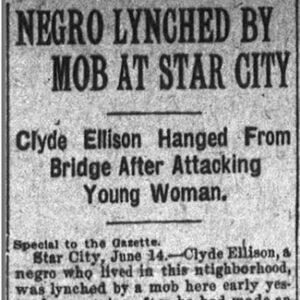 Ellison Lynching Article
Ellison Lynching Article
Ellison, Eugene (Killing of)
Emancipation
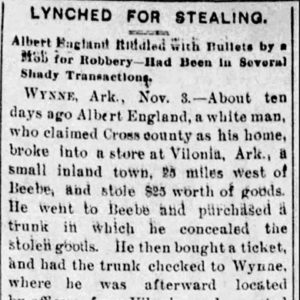 England Lynching Editorial
England Lynching Editorial
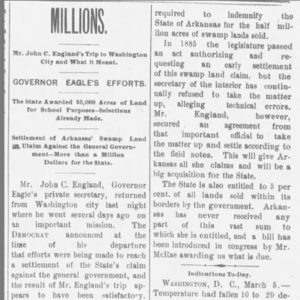 John England Article
John England Article
Environmental Racism
Equal Rights Amendment (ERA)
 ERA Ephemera
ERA Ephemera
 Eugene Ellison
Eugene Ellison
Factory System
aka: Indian Trading Posts
aka: Indian Factory System
Farmer, John (Lynching of)
Fayetteville Female Seminary
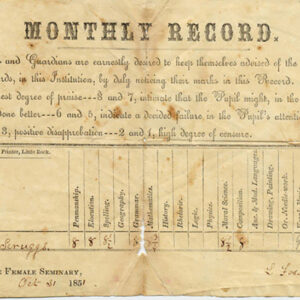 Fayetteville Female Seminary Report Card
Fayetteville Female Seminary Report Card
Fayetteville Schools, Desegregation of
 Fifty-seventh U.S. Colored Infantry
Fifty-seventh U.S. Colored Infantry
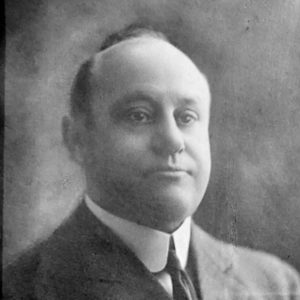 Jacob Fink
Jacob Fink
 First National Bank Ad
First National Bank Ad
Fleming, Sam (Lynching of)
Flemming, Owen (Lynching of)
 Adolphine Krause Fletcher
Adolphine Krause Fletcher
Flowers, Beulah Lee Sampson
 William Harold Flowers
William Harold Flowers
Flowers, William Harold
 James Ford
James Ford
Forrest City Riot of 1889
Fort Smith Schools, Desegregation of
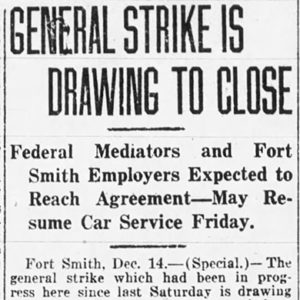 Fort Smith Strike Article
Fort Smith Strike Article
Fort Smith Telephone Operators Strike of 1917
Foster, Thomas P. (Killing of)
Fox, Joseph (Joe)
Fox, Warren (Lynching of)
Franklin, Monroe (Lynching of)
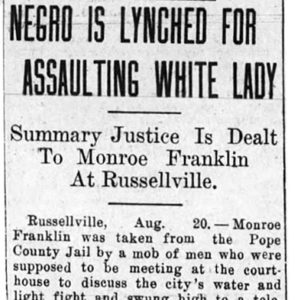 Monroe Franklin Lynching Article
Monroe Franklin Lynching Article
Frederick, Bart (Lynchings Related to the Murder of)
Freedmen’s Bureau
aka: Bureau of Refugees, Freedmen, and Abandoned Lands
Freedmen’s Schools
Freedom Centers, Houses, Schools, and Libraries
Freedom Rides
Furbush, William Hines
Fussell, Robert Foreman (Bobby)
Fyler, Eliza A. (Lizzie) Dorman
Gammon, John, Jr.
 Garden Party
Garden Party




